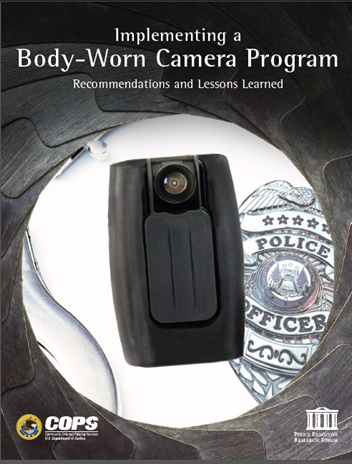BWC FAQs Card
The Greensboro, NC, Police Department recently developed a frequently asked questions card to make it easier for their officers to provide information on the department's use of body-worn cameras to community members wanting to view a BWC recording. The cards are provided to patrol officers to hand out to community members. The Greensboro police department has placed 1,000 hard copies of this card in the roll-call room at each of their four patrol substations.
To view a copy of the BWC FAQ card, click here.


